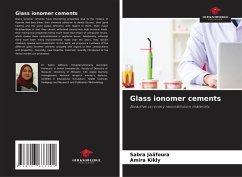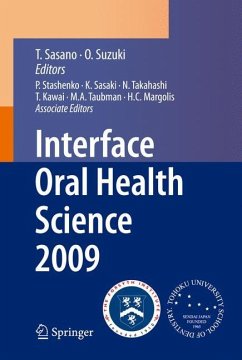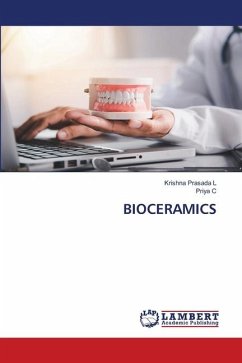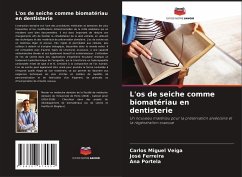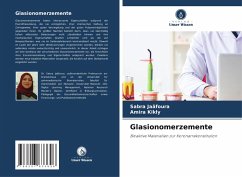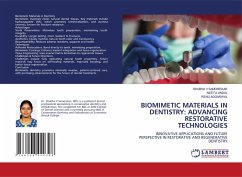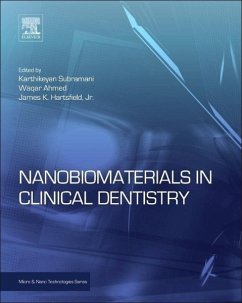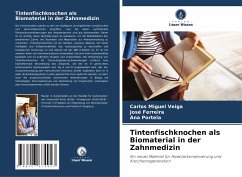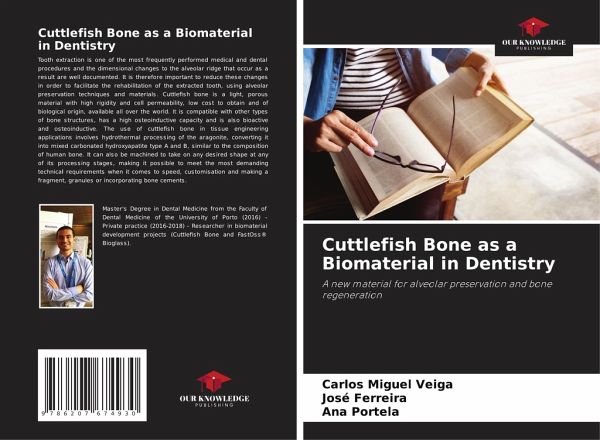
Cuttlefish Bone as a Biomaterial in Dentistry
A new material for alveolar preservation and bone regeneration
Versandkostenfrei!
Versandfertig in 6-10 Tagen
27,99 €
inkl. MwSt.

PAYBACK Punkte
14 °P sammeln!
Tooth extraction is one of the most frequently performed medical and dental procedures and the dimensional changes to the alveolar ridge that occur as a result are well documented. It is therefore important to reduce these changes in order to facilitate the rehabilitation of the extracted tooth, using alveolar preservation techniques and materials. Cuttlefish bone is a light, porous material with high rigidity and cell permeability, low cost to obtain and of biological origin, available all over the world. It is compatible with other types of bone structures, has a high osteoinductive capacity...
Tooth extraction is one of the most frequently performed medical and dental procedures and the dimensional changes to the alveolar ridge that occur as a result are well documented. It is therefore important to reduce these changes in order to facilitate the rehabilitation of the extracted tooth, using alveolar preservation techniques and materials. Cuttlefish bone is a light, porous material with high rigidity and cell permeability, low cost to obtain and of biological origin, available all over the world. It is compatible with other types of bone structures, has a high osteoinductive capacity and is also bioactive and osteoinductive. The use of cuttlefish bone in tissue engineering applications involves hydrothermal processing of the aragonite, converting it into mixed carbonated hydroxyapatite type A and B, similar to the composition of human bone. It can also be machined to take on any desired shape at any of its processing stages, making it possible to meet the most demandingtechnical requirements when it comes to speed, customisation and making a fragment, granules or incorporating bone cements.





